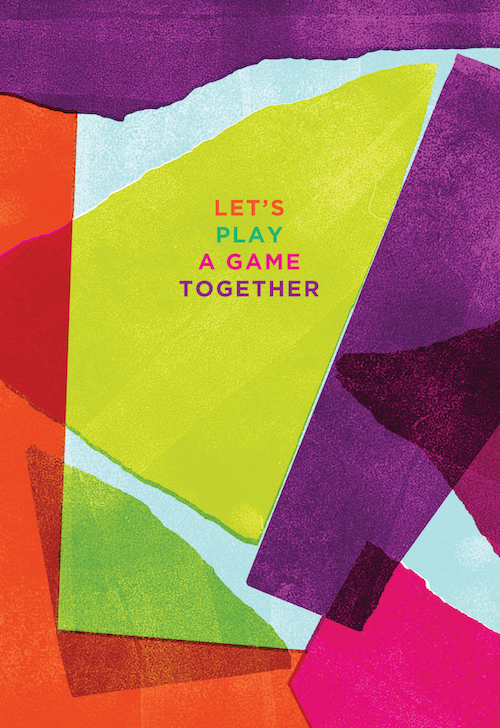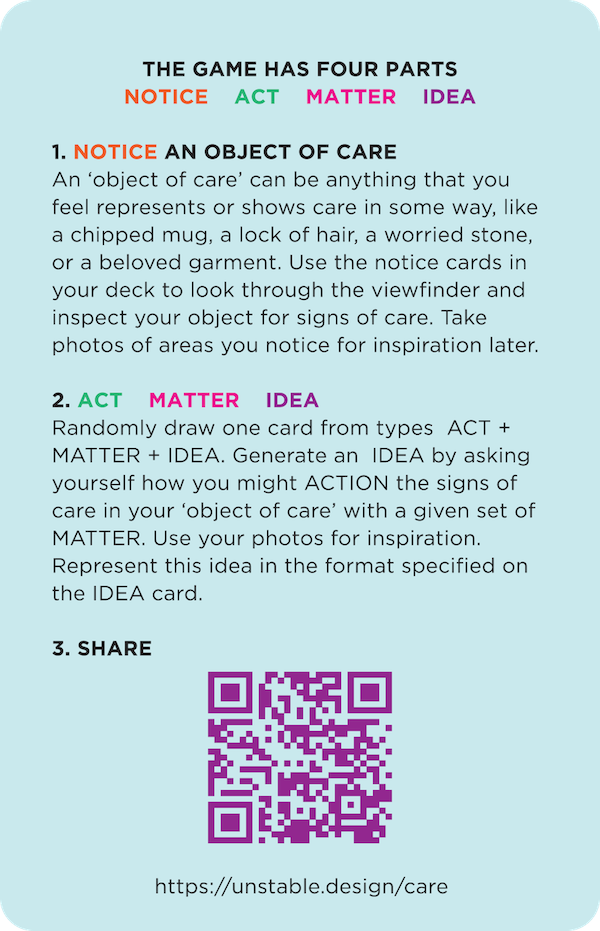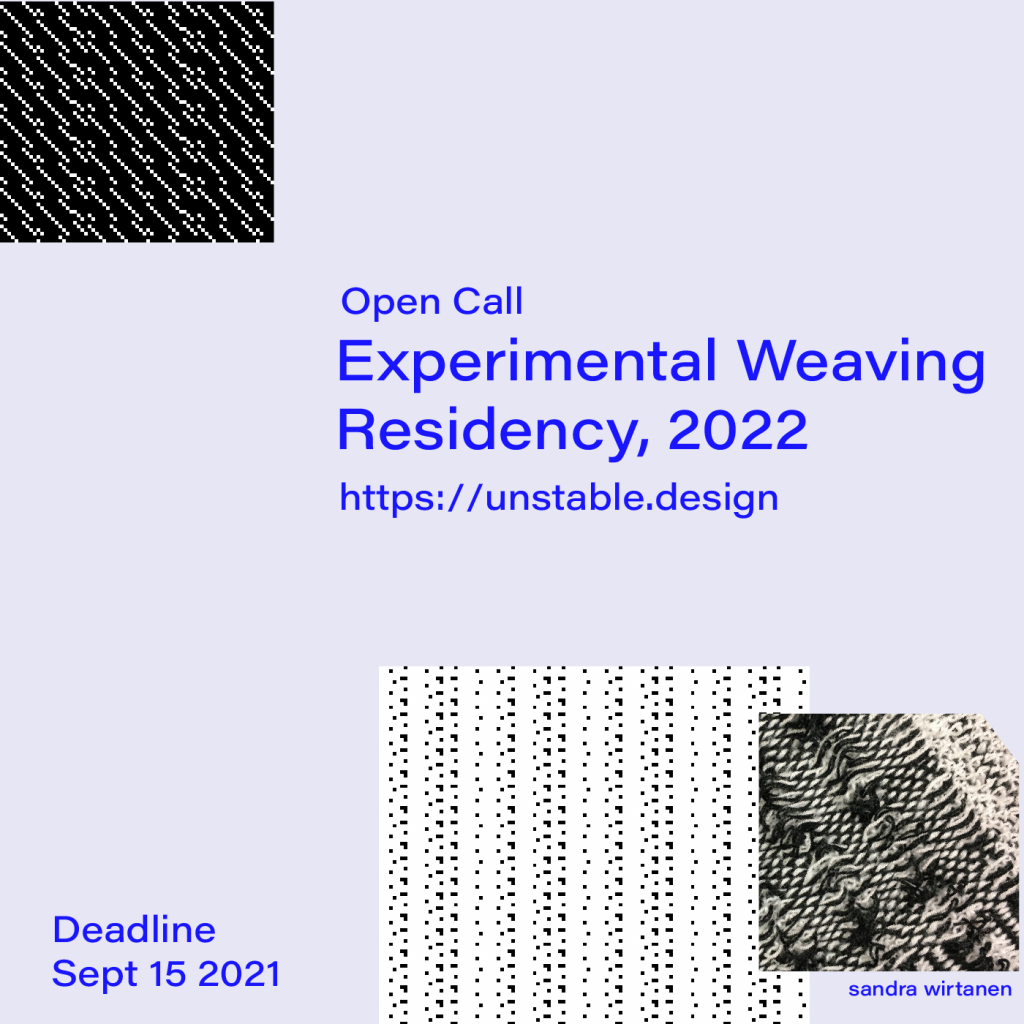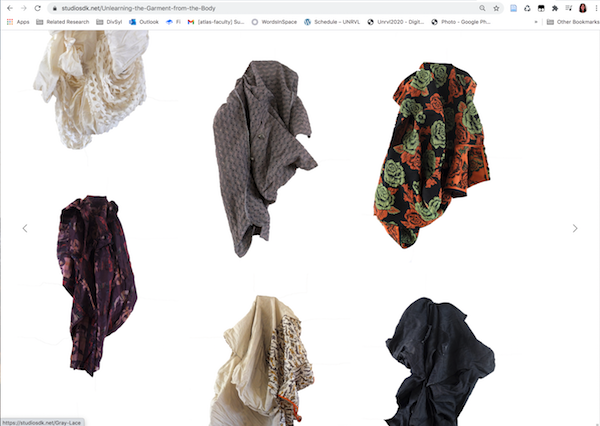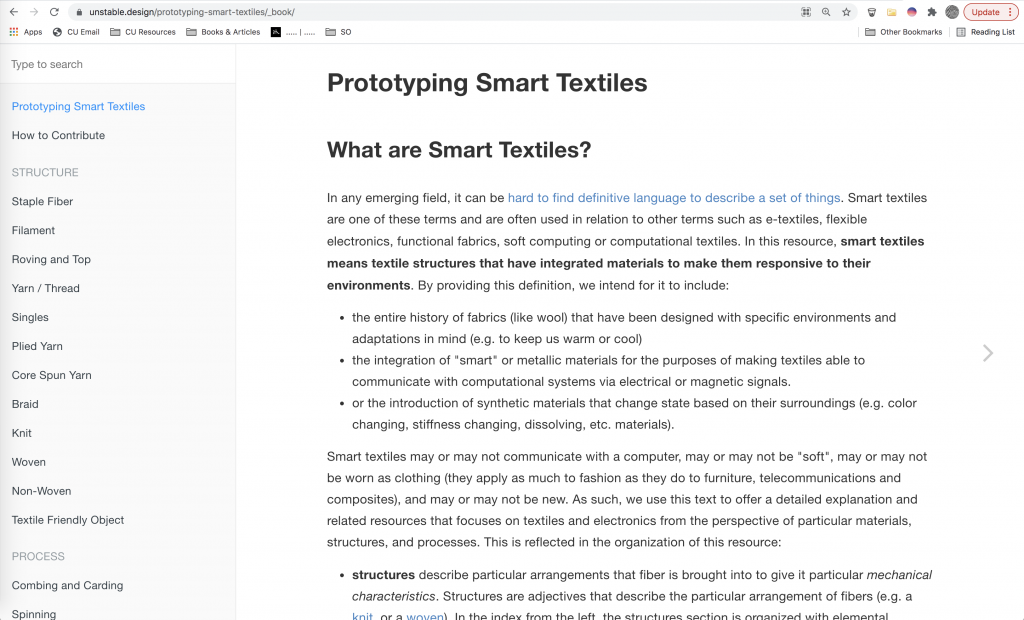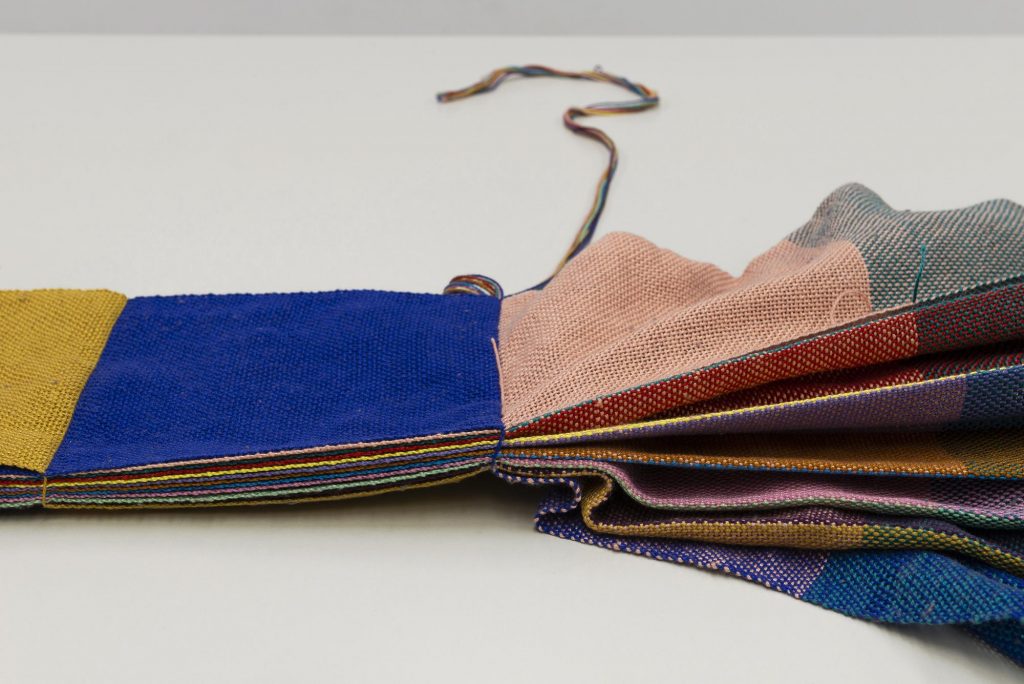
After receiving 148 applications, forming a shortlist of 21 applicants, and then interviewing 5 finalists, we (the organizers and wonderful selection committee) are happy to announce that Etta Sandry will be our 2022 Experimental Weaver in Residence.
We chose Etta because her practice resonated strongly with our mission for the residency: to collaboratively produce techniques in response to specific engineering challenges. As a recently graduated MFA student at Concordia, Etta’s practice demonstrates an attention and commitment to sampling and exploring the unique structural formations of multi-layer weaving. We see her aesthetic strongly resonating the values of a craft-practice in its attention to and sharing of drafts, hand crafted mounts that invite engagement and play, and use of bold colors of wool and cotton. It was this aesthetic and attention to documentation that attracted us the most, helping us to conceive of the samples we might create as deeply resonant with craft and practice-based methodologies as opposed to the synthetic feel of prototypes concerning the “future.” Ultimately, we saw this aligning with the arguments made after our lest residency to the field of human-computer interaction. Namely, that when it comes to innovation practices, technologists could more strongly look to craftspeople as stewards of material knowledge and technique and to see them as equally as technical as the bits and electrons that make up engineering practices.
Stay posted for more updates from the residency, set to take place early 2022 and for future calls for 2023 and 2024 artists in residence. Based on the amazing advice of our selection committee, we will also public a directory of experimental weavers compiled from our residency applications and collaborators working in this space and a series of public virtual talks in 2022. Stay tuned. In the meantime, we have published all shortlist applicants, finalists and committee members who have provided permission below.
This program has been funded by the National Science Foundation under grant # 1943109.
2022 Residency Finalists
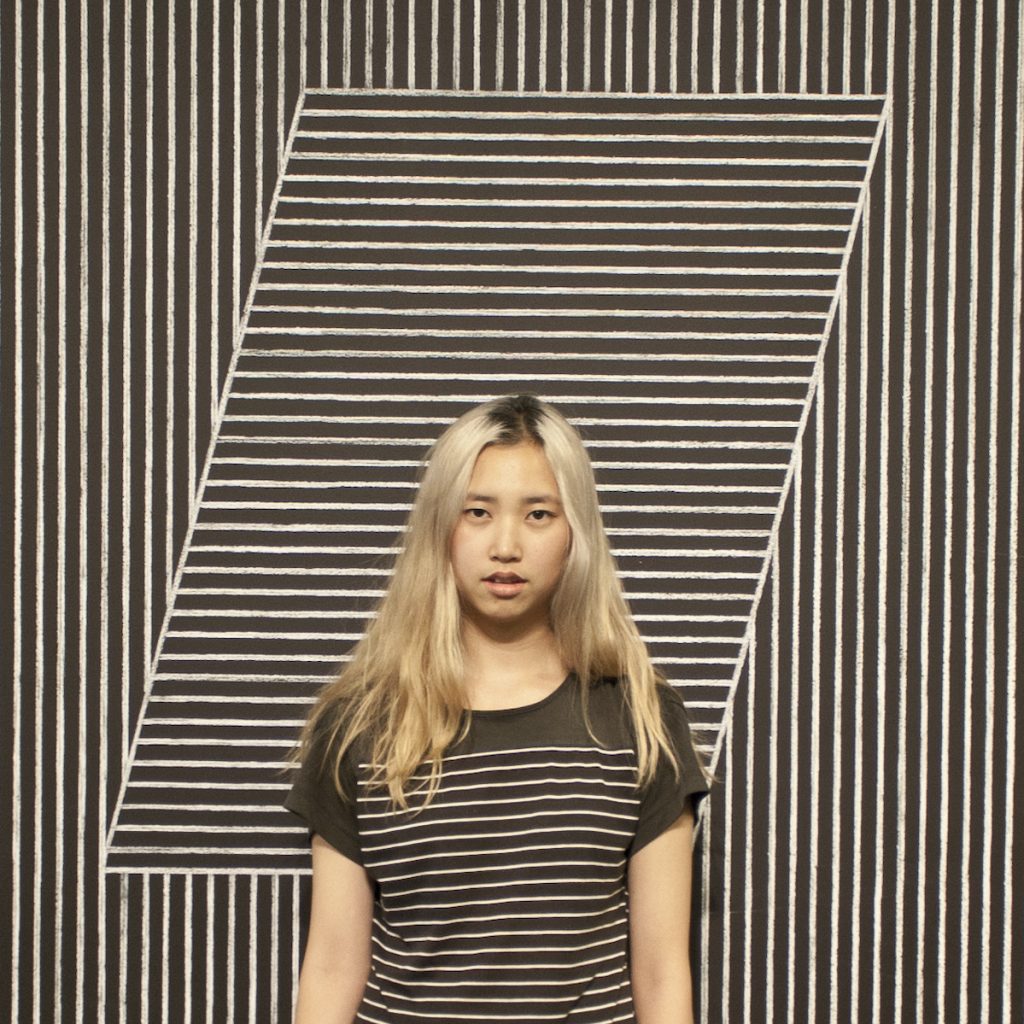
Jessy Lu, jessylu.com, @lu_jue
Jessy Lu is an artist whose work examines the relationship between textiles, computation, and femininity.
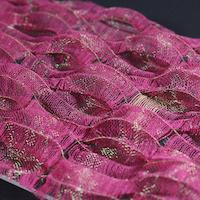
Melanie Olde, melanieolde.com, @melanie_olde
Inspired by biomimetics, Melanie Olde is an Australian-based researcher and weaver, who investigates movement and sensory experience in three-dimensional cloth.
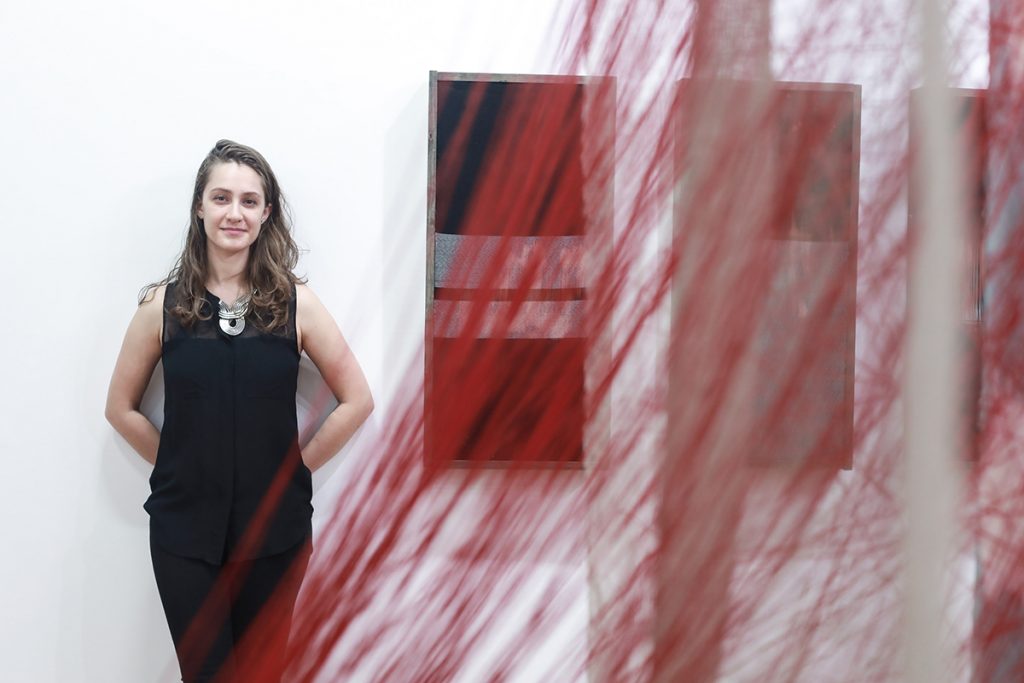
Victoria Manganiello, victoriamanganiello.com, @victoriamanganiello
Victoria Manganiello is an artist, designer, educator, and organizer who uses weaving and textiles to make objects, facilitate experiences, and tell stories that explore how craft intersects with technology, gender, and food.
2022 Shortlisted Applicants
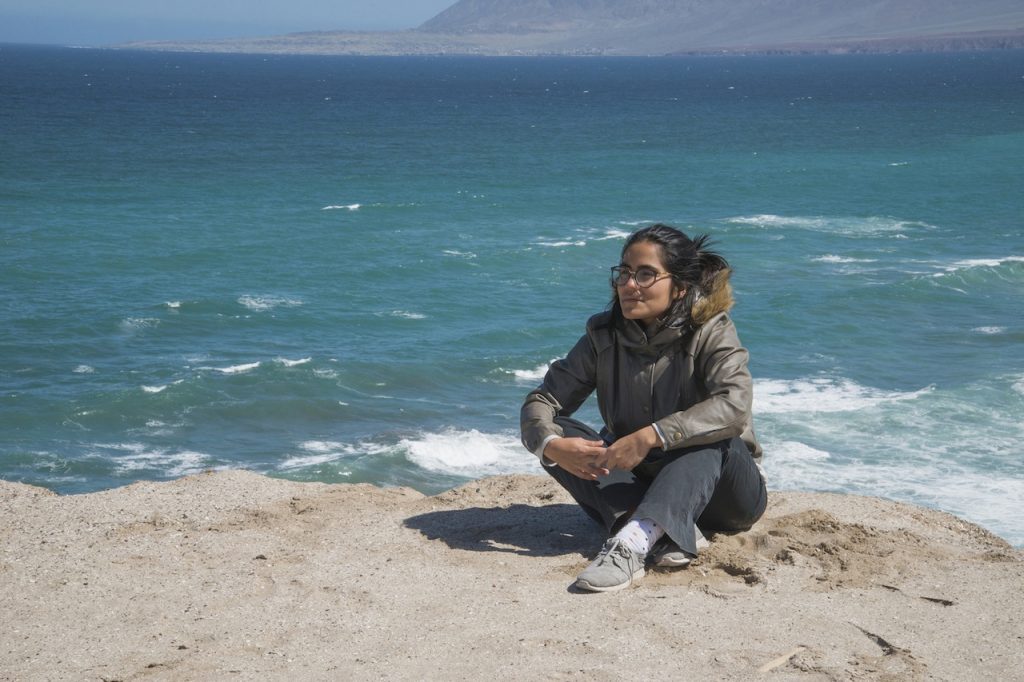
Ana Mosquera Duran, www.anamosquera.com, @anacaribu
Ana Mosquera is a Venezuelan artist based in Philadelphia whose work revolves around digital data collection and the creation of simple methods of analysis that interrogate our daily use of technology.
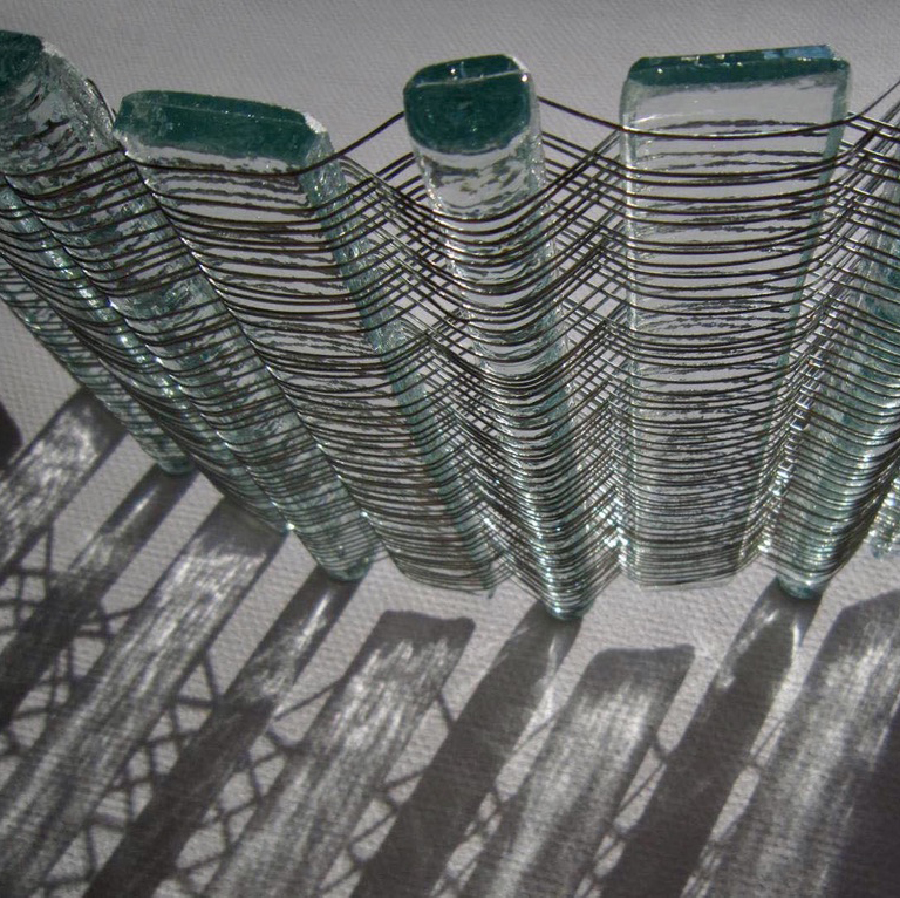
David van Buskirk, dvbart-design.com, @dvbart_design
David van Buskirk is a textile designer, weaver and fiber artist. I collaborate with the loom, be it a 20 harness compu-dobby or a primitive weighted warp to explore technical and artistic possibilities inherent in structure and materials.
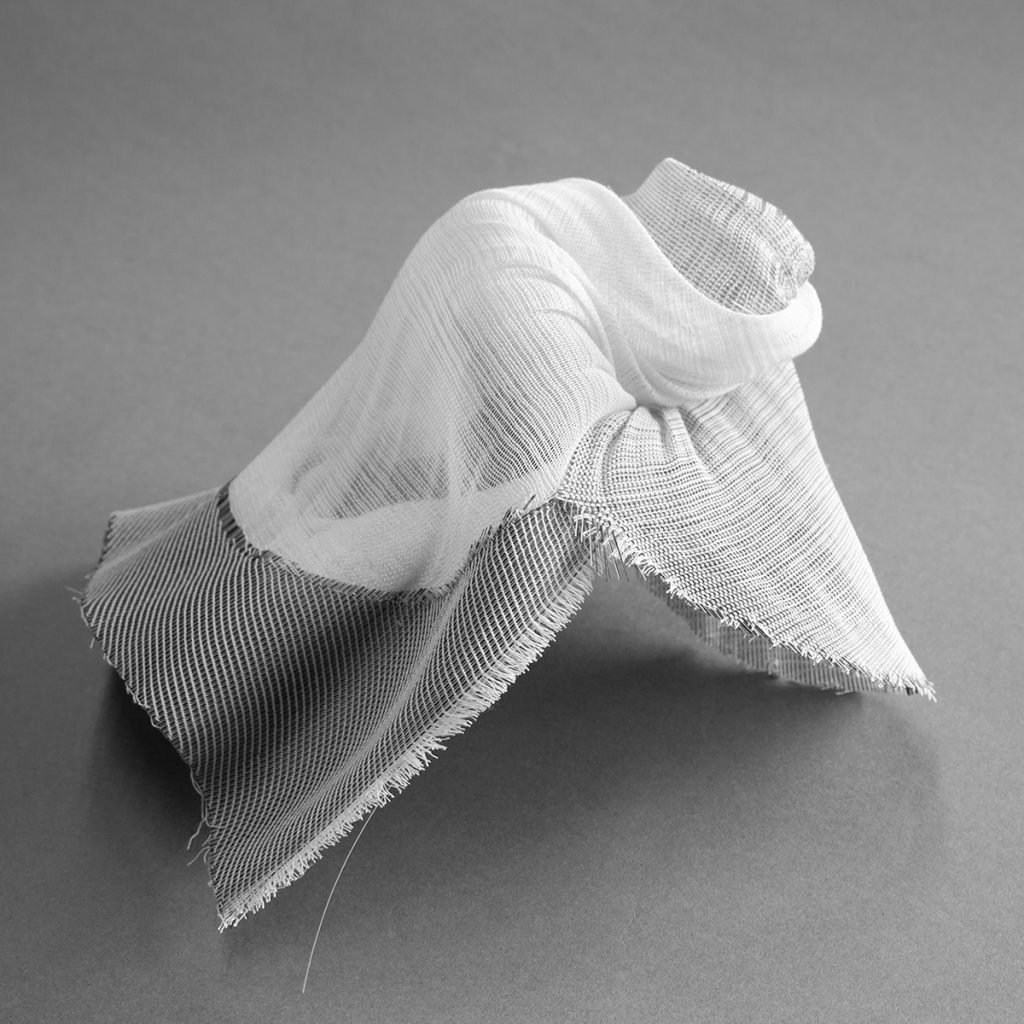
Kathryn Walters, kmwalters.com, @kw.textiles
Kathryn Walters is a PhD student in Smart Textile Design at the Swedish School of Textiles, with a focus on transformative woven textiles, exploring the behaviour of textiles as complex systems with responsive properties.
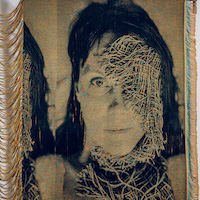
Kristina D. Aas, kristina-aas.com,
Kristina D. Aas is a textile artist and educator based in Bergen, Norway. Her main focus is jacquard weaving on TC-2 and industrial looms.
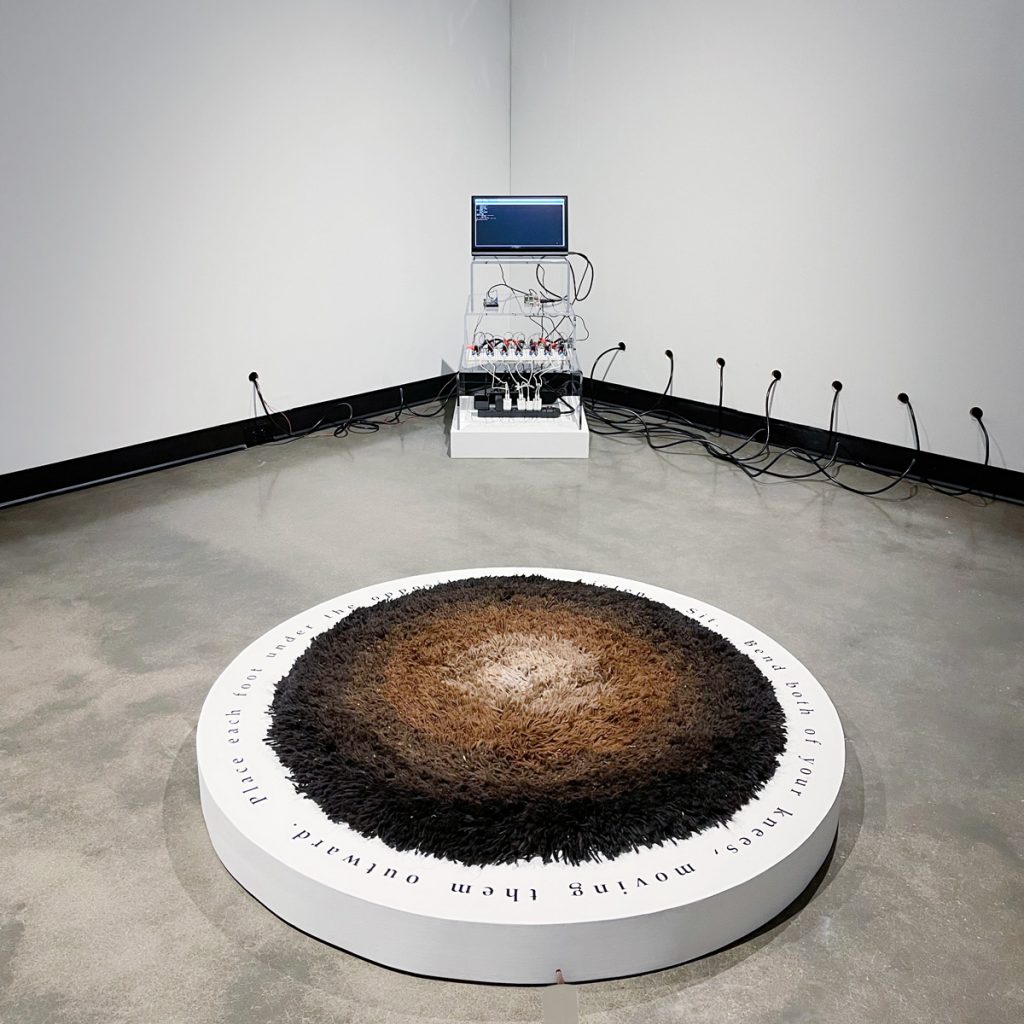
Laura Splan, laurasplan.com, @laurasplan
Laura Splan is an interdisciplinary artist who creates embodied interactions, tactile experiences and sensory encounters to connect materialities of science to familiar domains of the everyday.
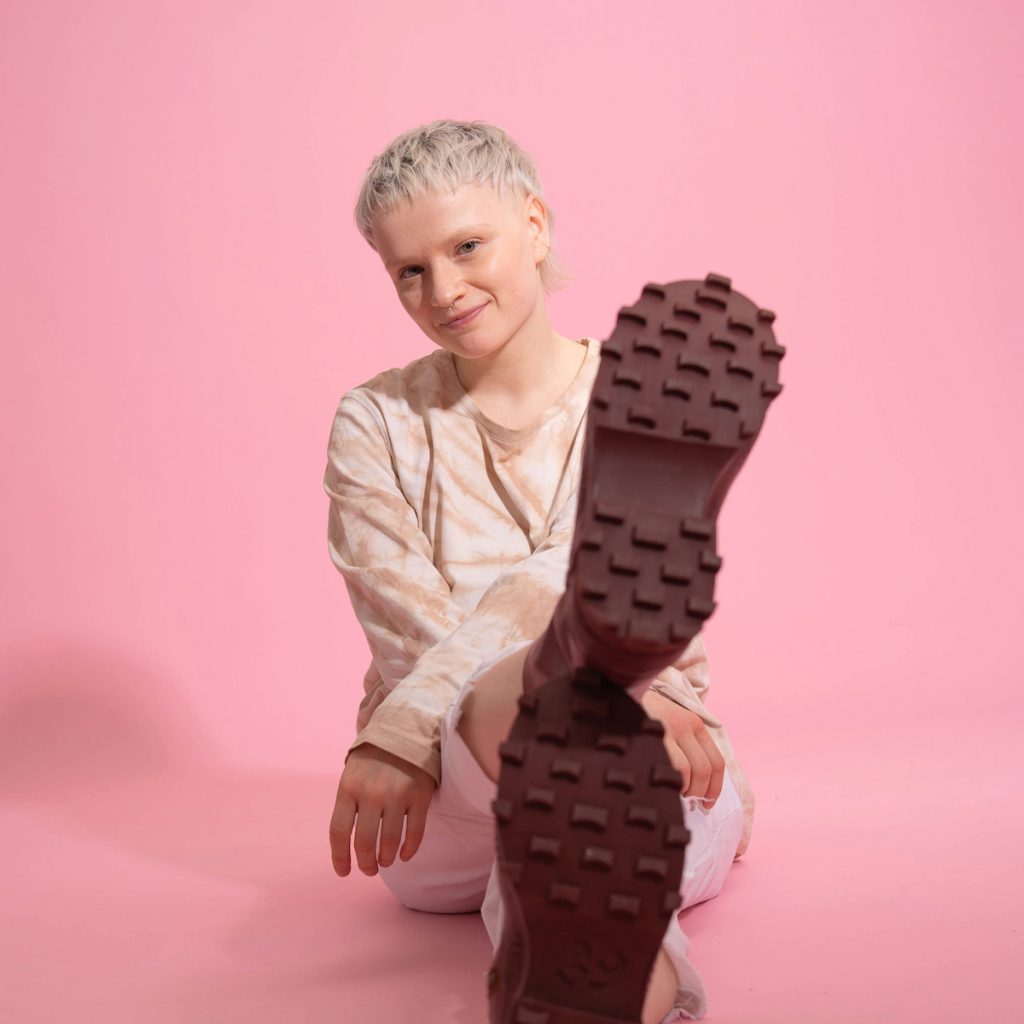
Maija Järviniemi, jarviniemi.fi, @mollimaija
Maija Järviniemi is a Finnish designer who’s practice sails from experimental weaving to material development and concept creation. Vivid colors and boundary pushing weaving techniques are characteristic to her work.
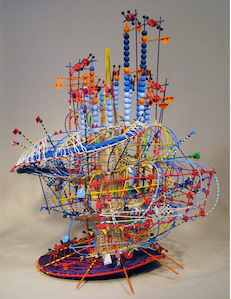
Nathalie Miebach, nathaliemiebach.com, @miebachsculpture
Nathalie Miebach translates science data related to weather into woven sculptures and musical scores, using basket weaving as her main method of translation.
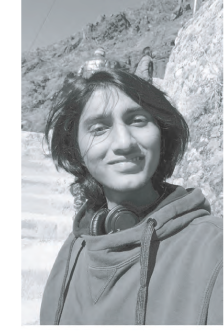
Raven Saga
I am an interdisciplinary designer based in India. I love getting my hands on everything being it materials, softwares, interactions, etc. I explore beyond.
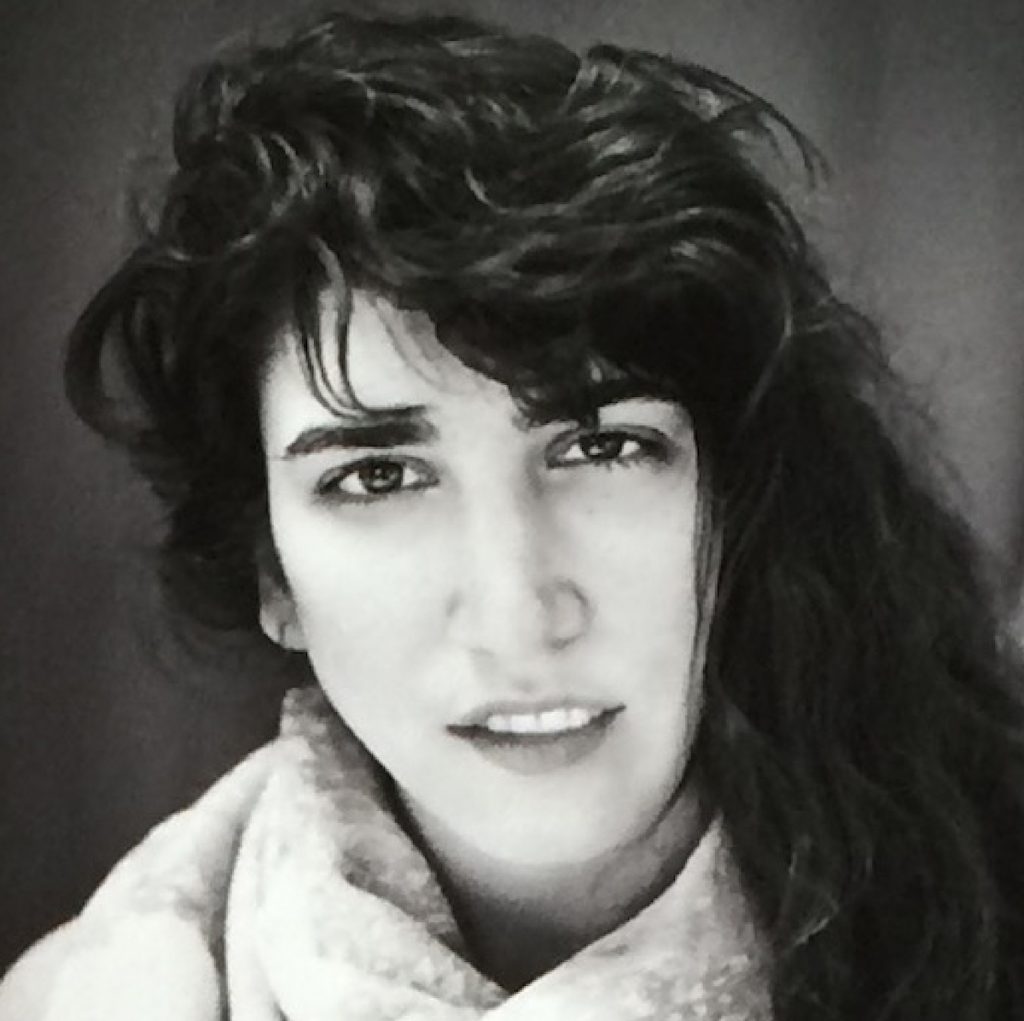
Sasha Baskin, sashabaskin.com, @sashbask
Sasha Baskin is a US-based weaver and lacemaker who makes work about the intersection of math, textiles, and digital culture.
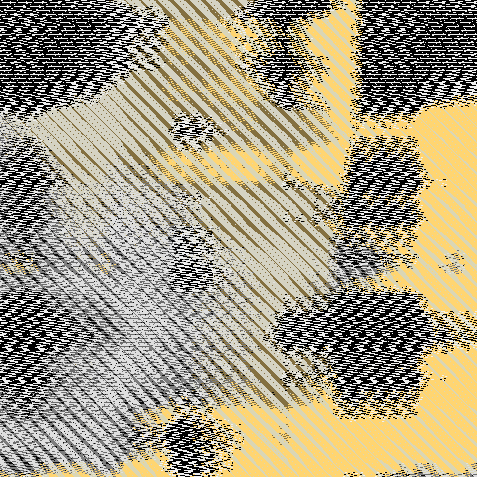
Tatsuki Hayama, tomoe.me, @hayamatomoe
Tatsuki Hayama is a Japan-based mathematician working on complex geometry. He is also interested in applying math to computer graphics, digital fabrication, and art.
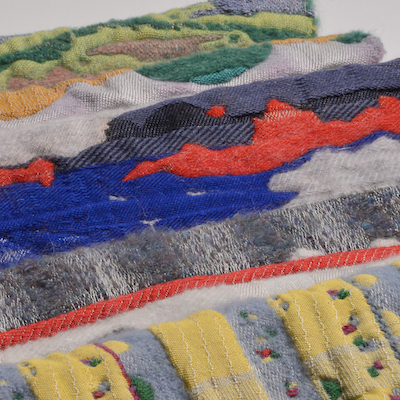
Yun-Hsuan Chang, yunhsuanchang.com, @yunhsuan.c.textiles
Yun-Hsuan Chang is a Taiwanese designer-maker who creates innovative woven textiles and uses intimate visual language to carry messages and tell unique stories.
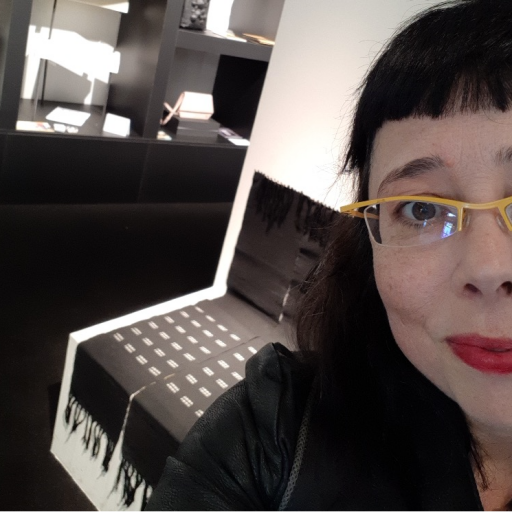
Zoe Romano, zoeromano.eu, @zoescope_
Zoe Romano is a Italy-based independent researcher and craftivist working at the intersection between e-textiles, digital fabrication and care for social empowerment.
2022 Selection Committee
Kristina Andersen,
Future Everyday, Eindhoven University of Technology
website
Matt Bethancourt,
Director, Whaaat!? Lab for Games and Experimental Interactions,
website
Sarah Rosalena Brady,
Assistant Professor of Computational Craft at UCSB, website
Annet Couwenberg,
Fiber and Material Studies, MICA,
website
Annapurna Mamidipudi,
Scholar and Craft Researcher,
website
Christy Matson,
Artist and Weaver,
website
Pam Meadows,
Curator, Boulder Museum of Contemporary Art
website
Vernelle A. A. Noel,
Assistant Professor, University of Florida,
website
Jane Patrick,
Creative Director, Schacht Spindle Company,
website
Michael Rivera,
PhD Candidate, Carnegie Mellon University,
website
